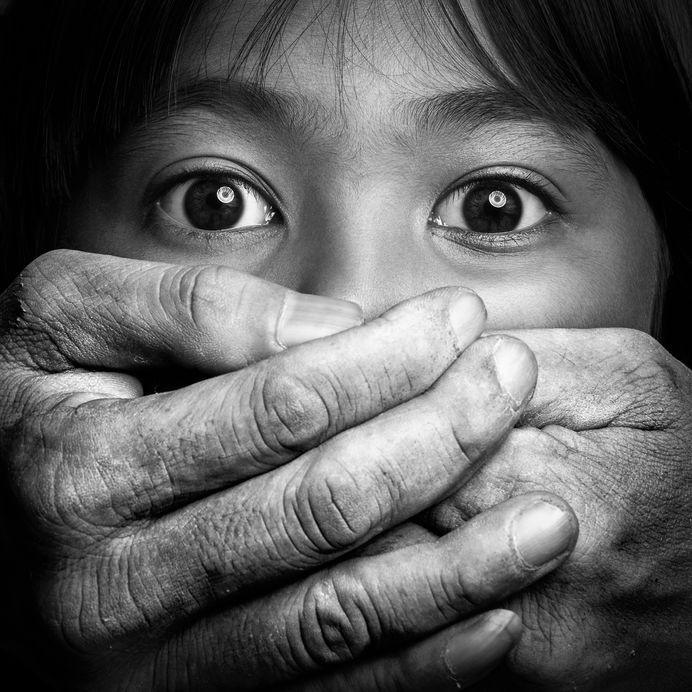
90% of Thai people are Buddhist. At the same time, the belief of Phi (spirit/ ghost) is rooted in Thai culture. Phi belief in Thai society dates from before the coming of Buddhism and is syncretistic with Buddhism in the daily life of Thai people. Phi can be divided into bad Phi which might scare and destroy, and good Phi which is kind and protects. However, the good Phi can be capricious. This good phi is called Thewadaa (angel) in Thai.
The objective of this study is to examine the media’s effect toward spiritualism (Phi) and animistic belief among the Thai youth. In September 2015, 400 questionnaires were filled out by the university students from Thammasat University, Chulalongkorn University, and Srinakarinviroj Prasanmit University in Bangkok. Additionally, in September 2016, 450 questionnaires were filled out by university students from Thammasat University and Chulalongkorn University. This study focuses on the animistic belief of Thai youths and media effect in these two years and finds out their attitude changes from 2015 to 2016.
In 2015, the proportions of female and male are 71.5% (286) and 28.5% (114) respectively; and 90.3% (361) of the respondents are 18-25 years old. 62.7% (251) list their hometown as Bangkok and 90.3% (361) are Buddhist. In addition, For the survey in 2016, the proportions of female and male are 69.3% (312) and 30.6% (138). 79.1% (356) of respondents are 18-25 years old. 63.3% (285) list their hometowns as Bangkok and 91.6% (412) are Buddhist.
Firstly, the research results reveal that Thai youths mostly receive their information and image about spirits and ghosts via television dramas, television programs, and movies. Half of the respondent receive the information via television drama both in 2015 (45.5%) and 2016 (49.8%) (Table 1). Approximately 60% to 70% receive this information via television including television drama and programs. The figures for movies and the internet are around 15% and 6%. Though the usage of internet and smart phone is increasing among the Thai youth, television still plays a key role to provide information and image of spirits and ghosts.
Table 1: Media from which I receive the information and image about spirits and ghosts
| Media | 2015 (%) | 2016 (%) |
|---|---|---|
| Television Dramas | 182 (45.5) | 224 (49.8) |
| Television Programs | 61 (15.3) | 69 (15.3) |
| Movies | 68 (17.0) | 27 (6.0) |
| Internet | 24 (6.0) | 8 (1.8) |
| Books | 14 (3.5) | 8 (1.8) |
| Others (comics, magazines, commercials, and others) | 11 (2.8) | 45 (10.0) |
| Nothing | 0 | 14 (3.1) |
Female Spirits Appear More Frequently in Thai Media
Secondly, in accordance with the result of recalled male and female spirits, while the number of male spirit is limited only to one or two spirits, there are more varieties in the female ones. 75% to 85% of respondent recalls Kumanthong (กุมารทอง) as a young male spirit and around 60% recalls Puusoom (ปู่โสม) and Theparak (เทพารักษ์) as old male spirits. On the other hand, both young and old female spirits are varied to 7 – 8 spirits. For instance, for the young female spirit group, Nangtanii (นางตานี) is recalled 40%, and Nangnaak (นางนาค), Nangkwak (นางกวัก), and Nangtakiean (นางตะเคียน) are recalled 10% for each. Additionally, for the old female spirit group, Phiipoop (ผีปอบ) and Maeyaanang (แม่ย่านาง) are recalled 30% for each, and Maephoosop (แม่โพสพ) and Nangtakiean (นางตะเคียน) are recalled around 10% for each. This implies that the female spirits appear more frequently than the male spirits in Thai media.
Thirdly, the respondents have differing thoughts on the behavior of female and male spirits. The image of female spirits is somewhat scary and vengeful, whereas the image of male spirits, compared to the female ones, is more kind and protecting. 30% and 20% of respondents think that the young female spirits are vengeful and scary, while 30% think that the old female spirits are scary. In contrast, around 20% and 15% think that both young and old male spirits are kind and protecting. Approximately 20% of them thinks that both young and old male spirits are scary, but the vengeful image towards the male spirits is very low, around 5%. The images of male spirits are both positive and negative, whereas the image of female spirits is more negative than that of the males.

Additionally, in term of attitude change from 2015 to 2016, survey results in these two years do not differ much. However, some changes in the research results suggest that the spirits appearing in the media will be recalled more easily than those which do not. The recalled proportions of Nangnaak (นางนาค) and Puusoom (ปู่โสม) increased in one year from 2.3% to 20.7% and 1.0% to 66.9%, since the television drama of Nangnaak was reproduced and broadcasted in July 2016 and the television drama of Puusoom produced in 2007 was rebroadcasted in 2016.
In conclusion, this result shows that the Thai media, especially television and movie, has greatly influenced Thai youths’ perception toward Thai traditional spirits and ghost which are supposed to be disappearing in modern Thai society. However, Thai media also propagates a modern tradition of gender bias in society in manipulating the divinity and devilishness of traditional spirits for young Thais.
Animistic Belief Thrives in Modern Thai Society
This survey shows that 60% of Thai youth believes in spiritualism (Phi) and approximately 70% to 80% think that the animistic belief is important to modern society in Thailand. It is very interesting that, though it is generally said that the young generation in urban areas is moving from spiritualism, nature, and religion, this research reveals this not to be the case. Urban Thai youth believes in spiritualism and receive information on spirits and ghosts via mass communication, especially television. This research also suggests further study on animistic belief and its influence in other age groups in and other Asian countries would be beneficial, as would building more understanding of the societal background of the respondents while interpreting and analyzing statistical results in this field.
Piya Pongsapitaksanti
The author is professor at the faculty of Sociology, Kyoto Sangyo University, Japan
Acknowledgement: This report is based on the research conducted under the Research grant of Grant-in-Aid for Scientific Research (Kiban (B)) [Issue No. 15H05192] (2015-2017), titled “Sociological Research on Modern Religious Syncretism in East Asia-Japan-China-Southeast Asia.
Kyoto Review of Southeast Asia, Trendsetters, April 2019
